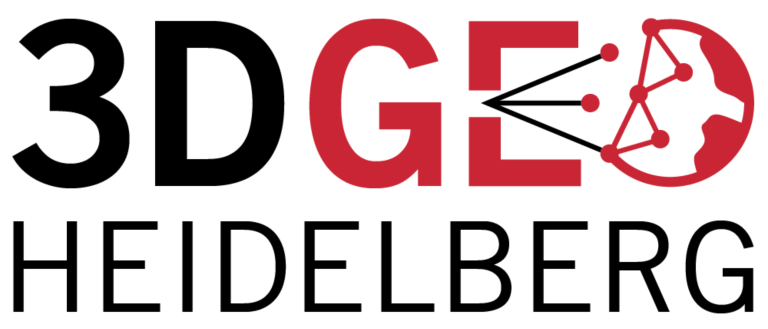GIScience News Blog
-
Constraints in multi-objective optimization of land use allocation – Repair or penalize?
Land is a spare resource so it makes sense to think about how to use it most efficiently. This leads to the problem of land use allocation under consideration of trade-offs. Multi-objective optimization algorithms are a tool quantify the trade-offs by estimating the Pareto-optimal land use allocations. Often, constraints in the solution space have to…
-
Comparison of Three Algorithms for the Evaluation of TanDEM-X Data for Gully Detection in Krumhuk Farm (Namibia)
Namibia is a dry and low populated country highly dependent on agriculture, with many areas experiencing land degradation accelerated by climate change. One of the most obvious and damaging manifestations of these degradation processes are gullies, which lead to great economic losses while accelerating desertification. The development of standardized methods to detect and monitor the…
-
Support the global OSM Climate Protection Map at WorldEnvironmentDay
Today, June 5 is the #WorldEnvironmentDay. World Environment Day is the United Nations day for encouraging worldwide awareness and action to protect our #environment. Above all, World Environment Day is the “people’s day” for doing something to take care of the Earth. That “something” can be local, national or global. This is a good opportunity to…
-
The Triangle of Shared Data Sources
Todays data production, maintenance, and use have changed in the last years. While these tasks were reserved to professionals until a few years ago, the situation has changed. This is no different in the geographical domain. Volunteers gather general information in Wikipedia and geographical information in OpenStreetMap. Twitter users provide not only text snippets but…
-
Paper on High-Frequency 3D Geomorphic Observation using Hourly LiDAR Time Series
Can you imagine how much sand is being moved on the beach in the course of a week? Did you ever observe truckloads of sand being transported on the beach in the absence of storms and bulldozers? It is hardly possible to estimate to the naked eye, but can be quantified with permanent terrestrial laser…
-
Paper on Analysis of Feature Relevance in Deep Learning for 3D Point Cloud Classification
A paper investigating the relevance of (pre-calculated) features for 3D point cloud classification using deep learning was just published in the ISPRS Annals of Photogrammetry and Remote Sensing. The study presents a non-end-to-end deep learning classifier for 3D point clouds using multiple sets of input features and compares it with an implementation of the state-of-the-art…
-
ISCRAM 2019 in Valencia- Towards closer exchange in crisis management between practitioners, stakeholders and researchers
The 16th ISCRAM conference took place in the city of Valencia (Spain). It succeeded again to gather an international audience of researchers that shared their work all around crisis management. As ISCRAM is mainly interested in the support and intersection of practical application in crisis management and research, the focus was however again on another…
-
Successfull PhD Defence by Clemens Jacobs on Plausibility Estimation of Citizen Science Observations for Biodiversity
Last week Dr. Clemens Jacobs successfully defended his PhD about methods for assessing the data quality of citizen science observations of organisms. Congratulations, well done!!! We wish all the very best for the future! The research aimed at using geographic context as an information source for estimating the plausibility of an observation, e.g., of a bird,…
-
Assessment of health risk due to heat and fine particle matter in Germany
The risk of exposure to heat and fine particel matter on human health has gained significant media coverage recently. The so called dieselgate and the ban of driving for older diesel vehicles in several German cities have renewed attention to the health risk of fine particle matter – for which traffic is a major emission…
-
SYSSIFOSS project start and first test scans
On May 1st, the SYSSIFOSS project has started and first test scans have already been conducted in the forest. Experciences from these initial testings serve as a basis for many field campaigns this summer which aim at the acquisition of high-density point clouds of 140 single trees with a RIEGL VZ-400 terrestrial laser scanner. Moreover,…
3D 3DGEO Big Spatial Data CAP4Access Citizen Science Climate Change Conference crisis mapping Crowdsourcing data quality deep learning disaster DisasterMapping GIScience heigit HELIOS HOT humanitarian humanitarian mapping Humanitarian OpenStreetMap team intrinsic quality analysis landuse laser scanning Lidar machine-learning Mapathon MapSwipe Missing Maps MissingMaps ohsome ohsome example Open data openrouteservice OpenStreetMap OSM OSM History Analytics Quality quality analysis remote sensing routing social media spatial analysis Teaching VGI Workshop


